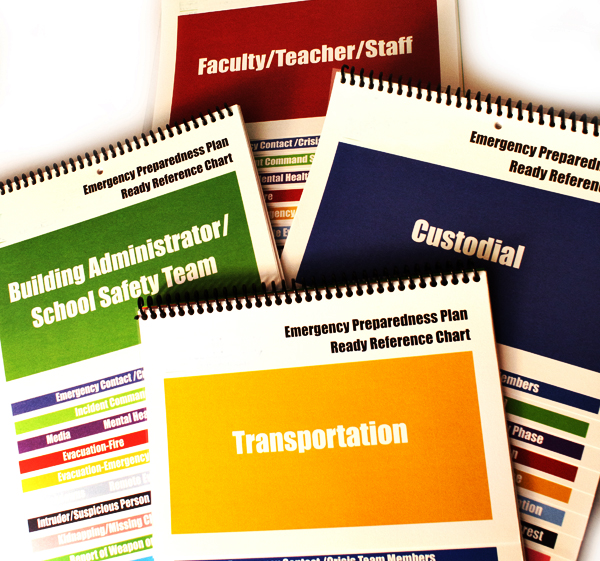The deadly near miss in Indiana this week should provide a clear warning to all school and public safety officials. Tornadoes are deadly and no school in a region where they can occur should ignore them. As a number of states where tornadoes occur regularly still do not require tornado drills, there are still many schools without a written tornado sheltering procedure where no tornado sheltering drill has been conducted in years.
We have seen this many times in our school hazard and vulnerability assessment projects. In the last two years, we have had client districts in Pennsylvania, Illinois and Virginia that not only did not have written tornado sheltering procedures in place, but where some central office administrators also objected to the recommendations for tornado drills to be added. They felt that these types of drills would take up too much class time in relation to the likelihood that a tornado would hit an occupied school. Tornado strikes occurred near schools in all three regions within a year.
While most schools in tornado prone regions do have written plans and conduct tornado drills, we have seen more than one instance where a school district has conducted an active shooter full – scale exercise while tornadoes, hazardous materials incidents and earthquakes have been virtually ignored as a threat. We have seen many more instances where school officials were using gymnasiums or other open span areas for tornado shelters. We recommend that school administrators ask area public safety officials to visit their buildings and evaluate the shelter areas they are using.
The advanced planning and decisions by administrators in Henrysville, Indiana clearly saved many young lives this week. The results would not have been the same had they not taken tornadoes seriously.
